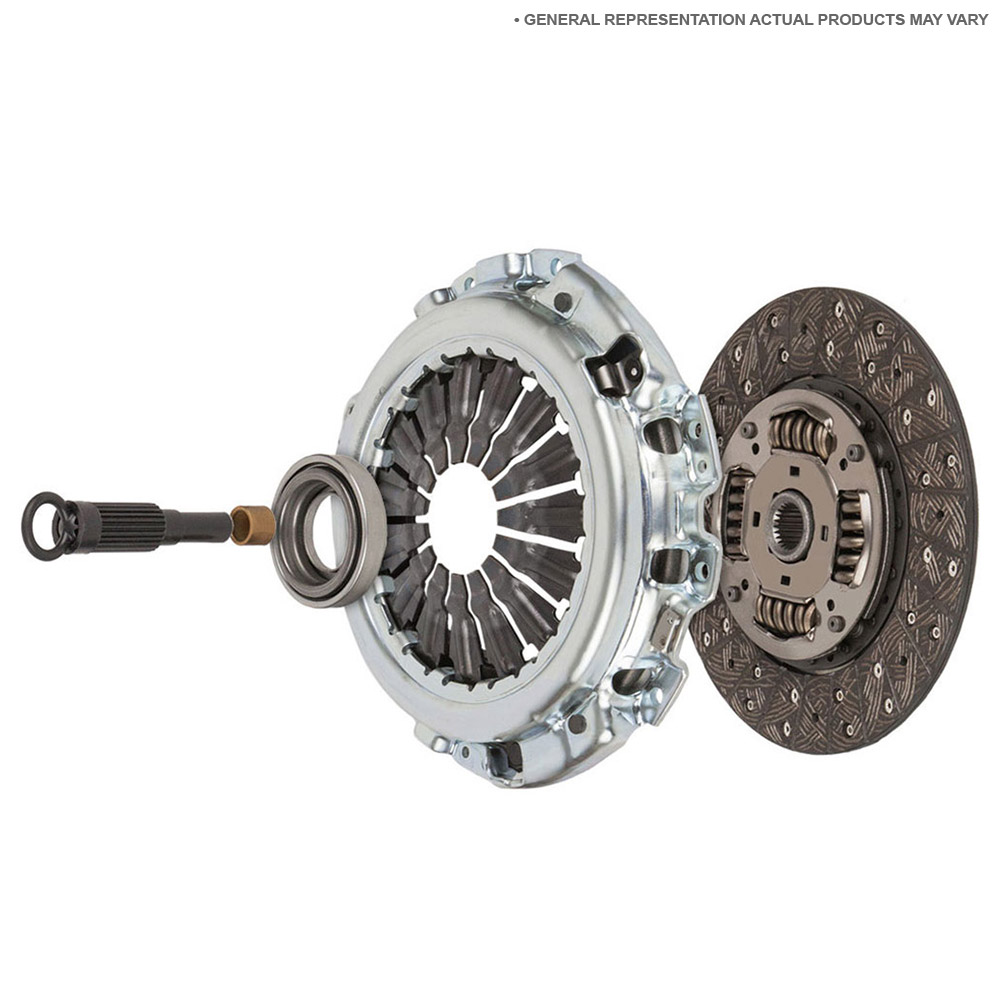

#Ocean cleanup sunglasses Patch#
The Ocean Cleanup said the device hauled 9,000 kilograms, or nearly 20,000 pounds, of trash out of the Pacific Ocean - proof that the garbage patch could eventually be cleaned up.Īn Ocean Cleanup member sorting plastic on one of the team's support vessels. Last week, Jenny faced its final test as the organization sought to determine whether it could bring large amounts of plastic to shore without breaking or malfunctioning. The garbage patch is the largest accumulation of ocean plastic in the world, encompassing more than 1.8 trillion pieces, according to the Ocean Cleanup's estimates. In early August, the team launched Jenny in the Great Pacific Garbage Patch, a trash-filled vortex between Hawaii and California. Two vessels tow it through the water at about 1.5 knots (slower than normal walking speed), and the ocean current pushes floating garbage toward the giant net.

The installation is essentially an artificial floating coastline that catches plastic in its fold like a giant arm, then funnels the garbage into a woven funnel-shaped net. Scientists and engineers began to question whether the group could deliver on the tens of millions of dollars it had acquired in funding.īut over the summer, the organization pinned its hopes on a new device, which it nicknamed Jenny. Video: What if we paved roads with plastic trash?

A newer model, released in 2019, did a better job of collecting plastic, but the organization estimated that it would need hundreds of those devices to clean the world's oceans. The Ocean Cleanup launched its first attempt at a plastic-catching device in 2018, but the prototype broke in the water. Slat, now 27, is a Dutch inventor and the founder of the Ocean Cleanup, a nonprofit that aims to remove 90% of floating ocean plastic by 2040. It's been nearly a decade since Boyan Slat announced at age 18 that he had a plan to rid the world's oceans of plastic. It recently debuted a device it said collected 20,000 pounds from the Great Pacific Garbage Patch.īut some scientists worry the device still isn't effective or environmentally friendly enough. The Ocean Cleanup, a nonprofit organization, aims to rid the world's oceans of plastic. An offshore Ocean Cleanup crew visiting the new device in the ocean.


 0 kommentar(er)
0 kommentar(er)
